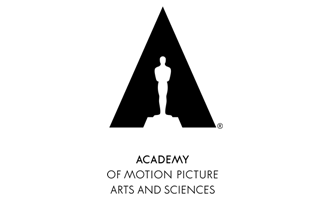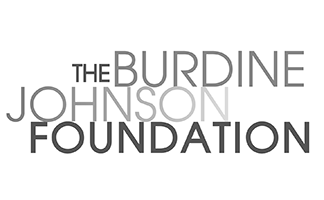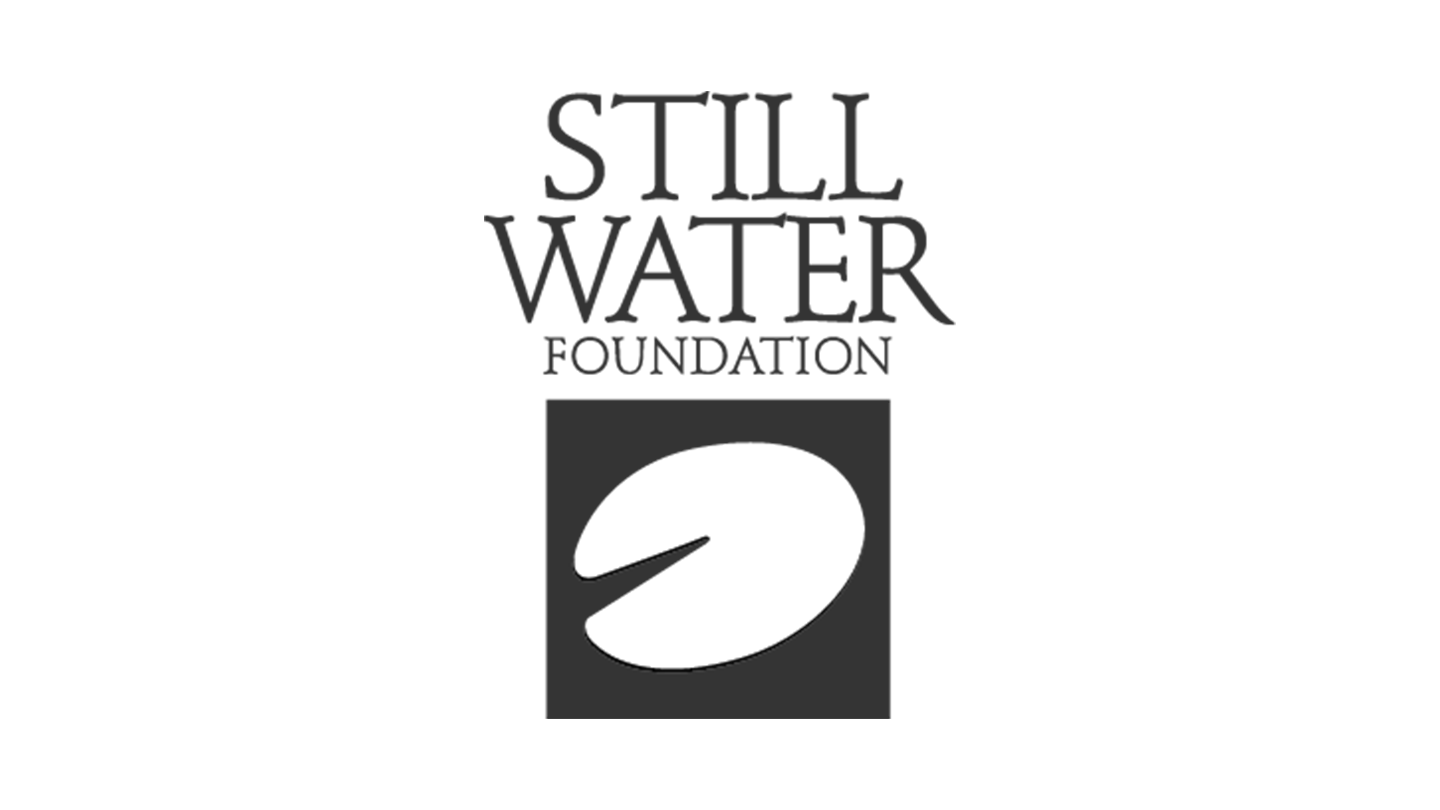The Hidden Worlds of Filmmaker Bette Gordon
AFS Head of Film & Creative Media Holly Herrick provides this overview of the work of Bette Gordon. Gordon will be a guest at the AFS Cinema for a series of screenings starting on Friday, February 23 with a screening of VARIETY. The series continues through Monday, February 26.
“I came from a time where market driven art didn’t exist in film. It was such a small world… the filmmakers of the time, we were just mucking around, kind of just making films for each other.”
An early arriver on the New York independent film scene, Bette Gordon was part of the group that laid the groundwork for what was to come. The perception of New York as a fringe community of experimental artists would quickly change to that of a hotbed of filmmakers with market and Hollywood-ready material. But in the early 80s, New York’s downtown filmmaking scene was still dominated by artists experimenting with discovery and the possibilities of expression within the moving image. Bette Gordon’s work was born of this scene, but also suggested the next wave of artistically driven but viably commercial films like the more frequently cited STRANGER THAN PARADISE and SHE’S GOTTA HAVE IT– a narrative cinema rooted at once in cinephilia and the distinct, original visual ideas that were the outcome of a fertile period of experimentation.
Bette Gordon was totally ahead of her time in every way when she made VARIETY (1983), one of the greatest films of the New York of its period. Just take a look at her choice of collaborators: Christine Vachon was on her first gig as a production assistant, Luis Guzmán appears in his first feature film role, a then-unknown Nan Goldin co-stars, Kathy Acker co-wrote the script , John Lurie, fresh off of composing the music for Jim Jarmush and Kathryn Bigelow’s first features, did the score. After collaborating with James Benning on several shorts and then breaking off on her own with a proof of concept short called EMPTY SUITCASES (all of these shorts are playing in our Bette Gordon Experimental Shorts program), Gordon embarked on this first feature, a combination of her passion for hidden areas of New York, and an ongoing exploration of feminist ideas. In looking back at VARIETY with Film Comment’s Violet Lucca (for Metrograph) Gordon remembers the following:
“I was attracted to the underworld, the kind of movies I’d seen on late night TV or in film noir: PICKUP ON SOUTH STREET, other Sam Fuller films, THE NAKED CITY. The idea that a world was underneath. In exploring the night world of New York, I came across a lot of places, especially ones that I was told were dangerous, and they became shooting locations. What attracted me to film noir was the female with a kind of agency that she didn’t have normally have in other genres, a kind of dangerous sexuality that, in a way, threatened men. Sometimes in noir the woman had power, but ultimately she was only there to assist or she was the obstacle. Laura Mulvey’s “Visual Pleasure and Narrative Cinema”changed a lot of things for a lot of people. I was drawn to this idea of seeing and being seen and the status of conventional Hollywood narrative, with the male as subject and the woman as object. I started thinking about taking a detective noir or a Hitchcock and flipping it around: what if she actually did have agency, with woman as explorer and man as enigmatic figure? What about a story in which a woman looks back? This whole question of looking, and the pleasure in looking, and the way in which sexual desire is represented in cinema—I was very inspired by all of that.”
It’s these ideas about representation, pulling the veil up in interesting ways on the mechanisms of masculinity, that echo in her later films including LUMINOUS MOTION, HANDSOME HARRY and THE DROWNING. LUMINOUS MOTION finds Gordon adapting a novel about a boy and his mother, living in their car and the odd motel room, and the string of short-term boyfriends who offer the mother money or a place to stay. Mom, played by Deborah Kara Unger, is the center of a story around which all the male characters rotate, but the film is told through the point of view of her possessive son. It becomes increasingly clear that the little boy’s devotion is out of control, and that there is more to the situation than meets the eye. This is where Gordon digs in—she’s attracted to the story under the surface. We see this straight off in THE DROWNING, when the film opens with what appears to be a mysterious coincidence, and the mystery of that moment only gets deeper and more layered as the film progresses. It’s Gordon’s strange characters and their questionable decisions that give way to the deepening shadows in her stories. As Gordon says:
“I’m not interested in making a “feel good/everybody ends up happily ever after”kind of movie. I always will probably gravitate to stuff that’s more difficult. I’m not interested in characters that are easy or conventionally likable. In fact, that’s something that drives me crazy about so much art now—the tyranny of likability.This idea that you must like every character or that you have to relate to them somehow. Who cares about that? I don’t think you have to like the characters,but you should at least find them interesting. For me a creative problem that needs to be solved is usually just, how to do I make people see something that they might not otherwise see? I mean, I grew up at a time at the end of the Vietnam war,and as a young person then so much of what I was feeling was about wanting people to open their eyes and see the truth. I think I’m always looking for an element of that in my stories and in my films.”
(quoted from her interview with the Creative Independent).
Gordon’s approach to making images that are more than meets the eye will be discussed in the days to come when we welcome her to Austin to present her films, including VARIETY, LUMINOUS MOTION, her newest film, THE DROWNING, and the short films that laid the groundwork for her features.
Watch the trailer for NO COVER: THE FILMS OF BETTE GORDON here:














